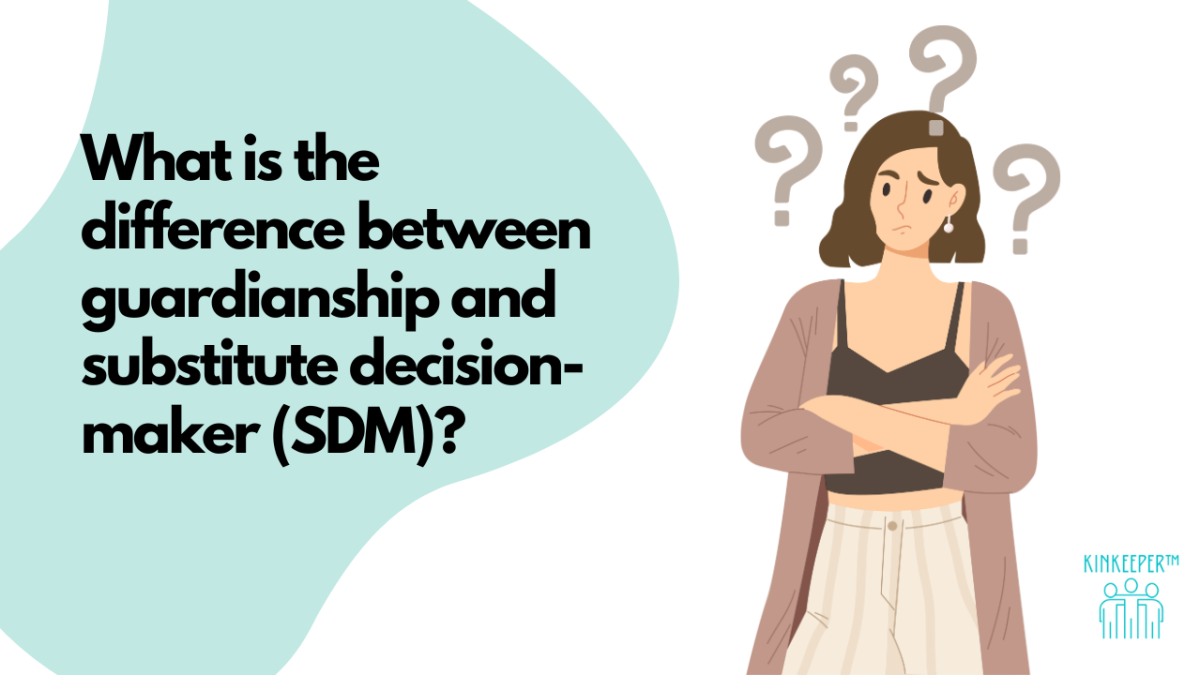What is the difference between guardianship and substitute decision-maker (SDM)?

Guardianship is just one way someone can become the SDM.
A substitute decision-maker (often called "SDM") is the role or status of making decisions for another person about medical treatment.
In the province of Ontario, the Health Care Consent Act is a law that contains a hierarchical framework setting out decision-making authority in instances where individuals, due to their mental "incapacity", are unable to independently make decisions regarding their treatment.
The law creates a hierarchical list for healthcare providers to identify the appropriate substitute decision maker.
Situated at the top of this hierarchy is the designation of "guardian of the person." It is worth noting that the prevalence of such guardianship arrangements is relatively low and that a person can only become guardian of the person if appointed by a court. You can verify the existence of a guardian by contacting the Office of the Public Guardian and Trustee, which maintains a guardianship registry. If you provide a name, they will inform you if the individual in question has a guardian.
Being a guardian of the person constitutes merely one way by which an individual can assume the role of a substitute decision maker.
The overarching category of substitute decision makers encompasses a spectrum of alternatives and pathways for designation, such as by virtue of a Power of Attorney for Personal Care or a specific relationship (e.g spouse or parent).
This means that some SDMs do not have any documentation because their role arises automatically under the law.

One final note is that this blog relates only to guardians of the person. There is a different type of guardianship over property that is not relevant for treatment decisions.
*****************************************************************
If you’d like help understanding Ontario's guardianship laws or navigating healthcare challenges, Lisa Feldstein Law Office PC can likely support you. Just email admin@lisafeldstein.ca to inquire about our legal services or visit us at www.familyhealthlaw.ca.
 Lisa Feldstein
Lisa Feldstein 